Unveiling the anti-hijab rallies in Iran that sparked worldwide protests
Protests echo the streets of Iran as furious women speak against the Iranian government.
September 13 started ordinarily for 22-year-old Ms. Mahsa Amini. However, her day would transform Iranian history because of her death at the hands of the morality police. Women unite globally to fight for justice for Ms. Amini in hopes of gaining women’s rights in Iran. The hijab became a symbol of these protests, representing the government’s power over women’s rights. In honor of standing up for their individual rights, women cut their hair and burn their hijabs. The Islamic Republic continues to strip women of the right to assemble and express their views through protest. Although the oppressive Iranian government harshly punishes women for revolting, it is critical for women to demand through peaceful protest their inherent right to religious freedom and bodily autonomy.
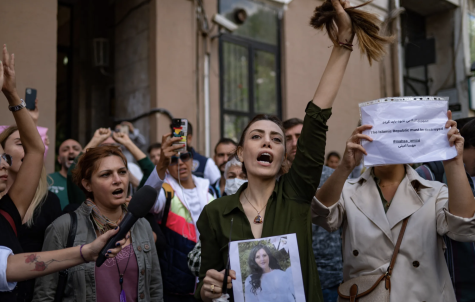
Ms. Amini was a young Iranian woman traveling from Saqez, her hometown, to the capital of Iran with her family. Upon her arrival in Tehran, she faced the Iranian morality police who regulate the attire of Iranian women based on the country’s strict hijab laws. Women must cover their hair and refrain from wearing clothing that exposes the shape of their bodies, according to The New York Times.
Although Ms. Amini was wearing her hijab correctly, the all-male morality police told her that she was defying the law, according to time.com. The police failed to explain why they arrested Ms. Amini. They brought her to a detention center where she would receive a re-education class regarding the hijab, according to time.com.
The hijab symbolizes the principle of modesty by representing Islamic morals regarding behavior and dress. The most visible form of hijab is the head covering many Muslim women wear. However, the hijab extends beyond the headscarf, according to bbc.co.uk.
The regime passes laws on women’s bodies without considering women’s inherent individuality. Further, the government’s oppressive tactics cause women to feel unsafe in their homeland. Despite the Iranian government’s violence, women must continue fighting to create a new government that allows female independence. The government’s disregard for the anti-hijab protests highlights the outdated customs the Islamic Republic promotes.
The actions of the morality police are unpredictable because sometimes they give women verbal notice, a financial fine, or physical punishment, according to The New York Times. Following Ms. Amini’s arrest, Iran’s security forces issued a statement claiming she collapsed from a heart attack at the detention center. However, Ms. Amini’s family disputed their account, attesting that she was perfectly healthy before her arrest, according to nbc.news.com.
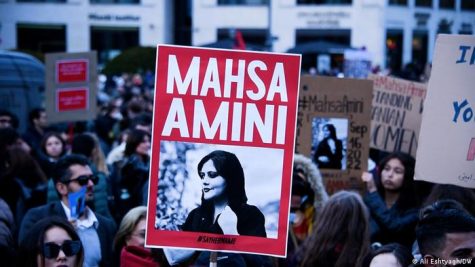
Ms. Amini’s brother, Mr. Kiarash Amini, was waiting outside the detention center on the day of her arrest. Mr. Amini heard screaming from inside the building as an ambulance arrived. He reported that a witness came out of the center and told him that security forces had killed a young woman inside, according to The New York Times. Government officials refrained from giving the media details about Ms. Amini’s death, suggesting that the men involved in her death were veiling something suspicious that occurred within the walls of the detention center.
After three days in the hospital, Ms. Amini died September 16. The next day, a photograph of Ms. Amini lying on a hospital bed, unconscious, with blood dripping out of her ears and nose went viral, according to The New York Times. Yet how could she die of a heart attack with evidence of head trauma?
In at least 40 Iranian cities, protesters now demand an end to violence and discrimination against women, which has been present in the country since the 1979 Islamic Revolution. The violence continues as protesters speak against the government, causing protest zones to become increasingly dangerous.
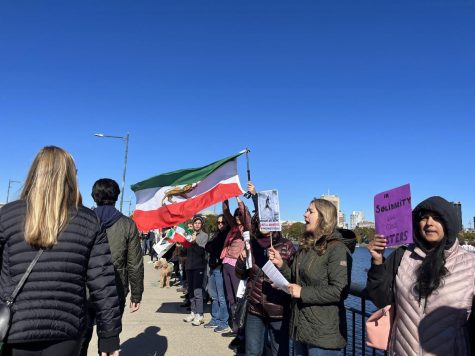
As crowds fill the streets of Iran, hope grows for younger generations. Women protesters remove and even burn their headscarves, directly challenging the chauvinist regime. Chants and protests echo the streets of Iran as furious women speak against the Iranian government. Women chant, “Women, Life, Freedom,” according to historytoday.com.
Besides stripping Iranian women of their right to wear their desired attire and practice religious autonomy, government officials are attempting to silence the voices of the citizens of Iran. Ms. Nika Shakarami and Ms. Sarina Esmailzadeh, both 16 years old, have become the new faces of the protests. The families of the two teenagers, along with witnesses, say Iran security killed the two girls due to their participation in anti-hijab protests, according to The New York Times. Their images appear on posters and banners that protesters carry globally. Nika and Sarina’s names are a rallying cry for the fury against the Islamic Republic.
Individuals are fighting against oppressive governmental policies while unitedly amplifying their voices. Ms. Amini’s death represents the many women who have suffered from the harsh laws of the Islamic Republic throughout history. The protests over these women’s deaths increasingly extend past Iran as women collectively support and encourage the movement globally. The three young faces represent a national rebellion against the Islamic Republic, with tens of thousands of people fighting on its front lines. To reduce the volume of leading Iranian government voices, women must continue to protest and unite their voices against unjust treatment.
Women’s rights are human rights. Thus, it is crucial to recognize the arbitrary laws inflicted upon women. A male-dominated society advocates their superiority over women, so by merging together thousands of voices as one, women amplify their demand for freedom. While the repressive Iranian regime severely punishes women who subvert societal norms, it is crucial for women to speak out against prejudice in defense of their fundamental freedoms to personal autonomy and religious freedom.
Featured Image by Ana Patricio ’24

Ana is immensely grateful to serve as this year’s Co-Editor-in-Chief and Social Media Manager. Approaching her third year at the King Street Chronicle,...

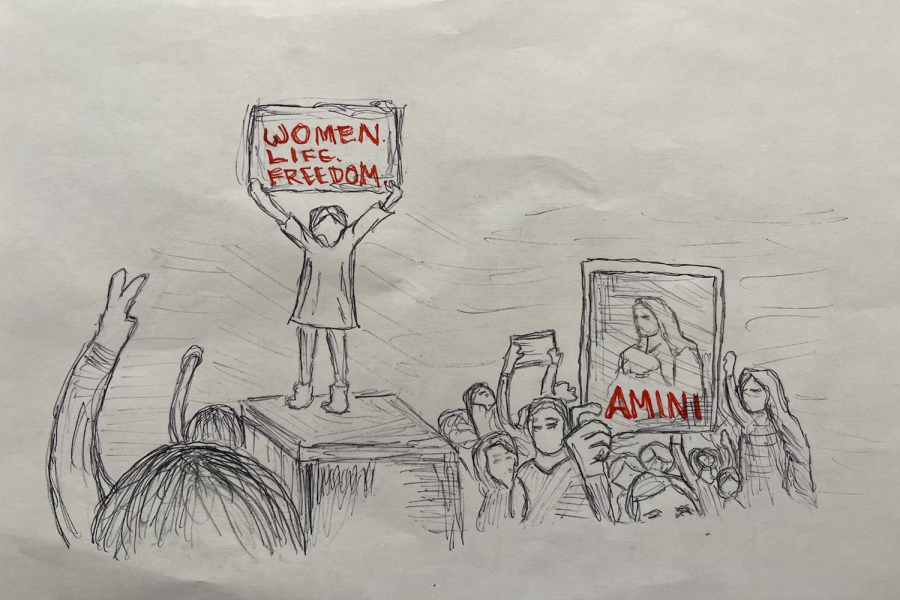
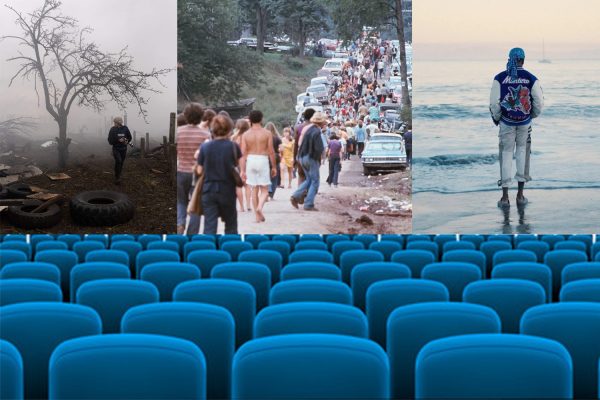
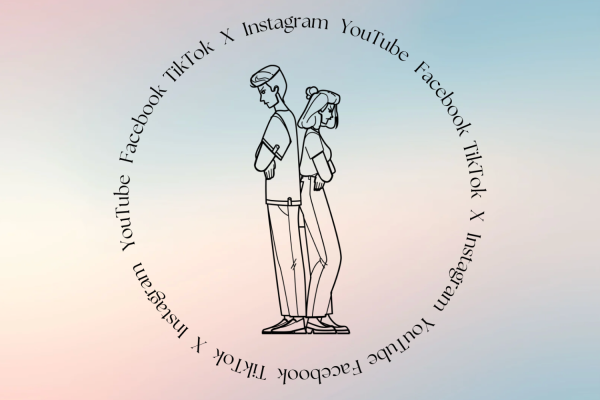
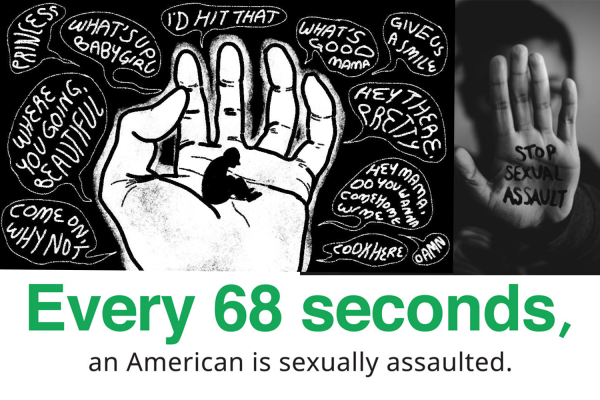



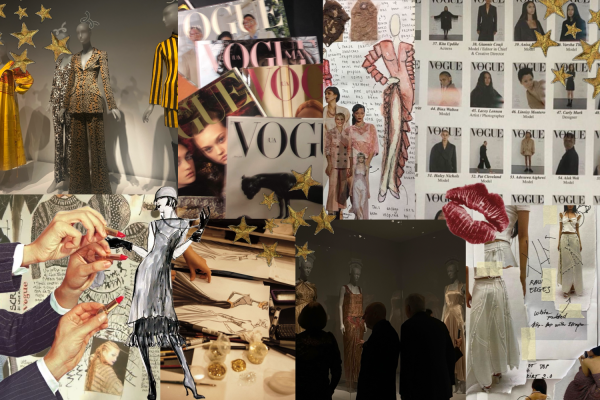
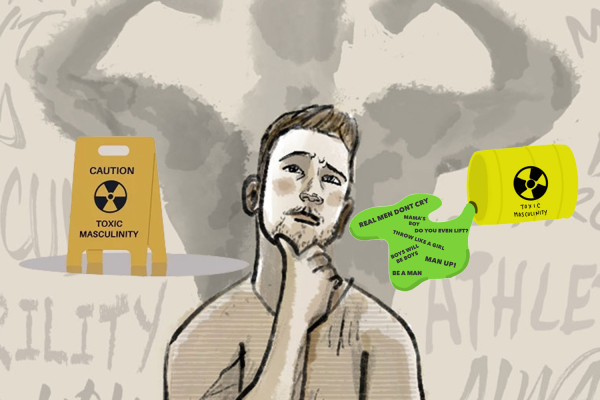

Jill Patricio • Nov 1, 2022 at 4:42 pm
This is important news for all of us